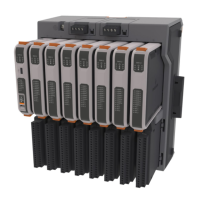Note for these charts:
I = Thunderstorm Days Per Year (isokeraunic number)
A = Stroke activity for associated isokeraunic area
B = Height/Stroke coefficient for associated latitude
For Example: On Long Island, New York (isokeraunic number 20), Chart 1 indicates A to be 85.
The latitude is approximately 40°. Chart 2 indicates B as 0.28. For this example, C then equals
23.80. Using the equation for strikes per year, it is determined that a 100-foot tower has 0.4
chances per year of being struck by lightning.
Assuming that no other structures are nearby, the tower will more than likely be struck by
lightning at least once in three years.
Note
The isokeraunic activity numbers I, A, and B in Charts 1 and 2 above are provided for the
continental United States. Isokeraunic data for various countries is available from various
federal or state civil engineering or meteorological organizations. This information is also
typically available from manufacturers of lightning strike protection equipment (such as
lightning arresters).
Since controllers and flow computers use DC operated systems that are isolated from AC
grids, they are typically immune to lightning strikes to power lines or power equipment
(except for inductive flashover due to close installation proximity). However, once a radio or
modem has been interfaced to the controller or flow computer, you must consider the
possibility of damage due to a lightning strike on power or telephone lines or to a radio
antenna or the antenna’s tower. We recommend that you follow the additional lightning

